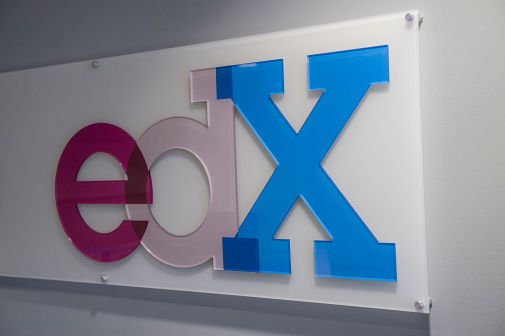Plan for edtech’s benefits and risks, Horizon Report says

As emerging technology continues to disrupt and transform higher education, a new report published Monday urges university leadership to focus on the potential impact of technology —both good and bad — as well as the challenges of implementation in order to achieve the greatest benefit for students and institutions. The latest Horizon Report for higher education highlights both the promise of technology to enhance education as well as the risks and challenges that institutions will have to navigate as they implement new technologies on campus.
The report lists several emerging technologies, including adaptive learning technologies, artificial intelligence, data analytics and immersive technologies, that educators believe will have a significant impact on the future of teaching and learning in higher education, and details the potential impacts of these tools and systems, like their ability to affect equity, learning outcomes and cost. The report also dives into the risks and challenges that new technology can introduce into education.
In deciding to implement new technology, the potential benefits to universities are often immediately clear, Susan Grajek, Educause’s vice president for communities and research, told EdScoop. At Oregon State University, for instance, the introduction of adaptive learning technology used to customize courses to the individual needs of students increased the passing rate of one of its algebra courses 65 percent to 77 percent over two years, according to the report.
However, in order to get the most out of new technology, IT and institutional leadership has to anticipate more than the potential its benefits, Grajek said, and develop a risk-mitigation plan. Before implementation begins, she encouraged leaders to ask questions like: “What are the things that we should prepare for?” and “What might be the risks?”
“If you really walk through those in great detail, you’re much, much more likely to make a good choice and to implement [technology] in an effective way,” Grajek said.
To see the maximum benefit from new technology, Grajek said, institutions will also have to focus on the human element.
“Every faculty, every student is going to approach [technology] differently, have a different set of needs and challenges and hopes and expectations,” she said. “And you’re going to have to try to anticipate as many of those as you possibly can and then think about how you can work with those different types of personalities and stakeholders up front so that when they actually finally sit down to use the technology, they already know what they’re getting into.”
Ultimately, she said, technology has the potential to deepen and enrich learning and to make higher education more valuable for all types of learners. But in order to see its benefit, institutions will have to develop and follow well-informed strategies and establish their visions and goals up front to anticipate and navigate around challenges.




